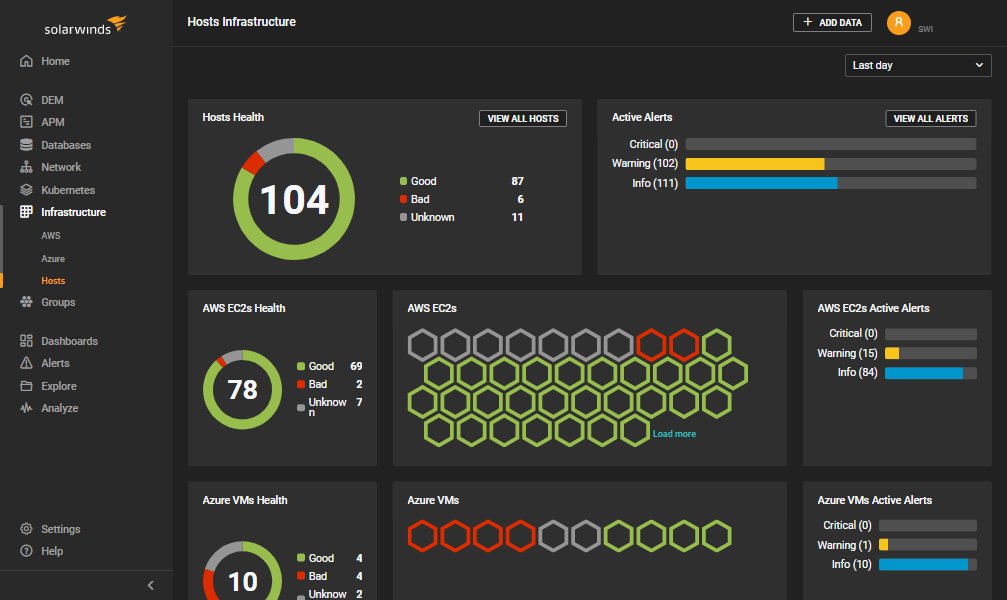Major Google App Engine hiccup reveals weaknesses

 Google’s App Engine suffered from increased data access latency and errors yesterday, including problems serving applications. According to TechCrunch, the problems lasted for approximately six hours.
Google’s App Engine suffered from increased data access latency and errors yesterday, including problems serving applications. According to TechCrunch, the problems lasted for approximately six hours.
From the App Engine status page:
On July 2nd, all applications experienced increased error rate and latency with read and write Datastore and memcache operations, as well as some serving errors. Datastore access and serving have been fully restored as of 12:25 PM PDT.
What happened yesterday exposed a couple of interesting weaknesses for App Engine.






 Mozilla
Mozilla 

 Operating systems on supercomputers used to be custom-made affairs, but this has changed. These days, Linux has become a popular choice for supercomputers. But how popular? You may be surprised.
Operating systems on supercomputers used to be custom-made affairs, but this has changed. These days, Linux has become a popular choice for supercomputers. But how popular? You may be surprised.
 Many of today’s most popular applications and operating systems have been around for a long time. This is a look back at version 1.0 of some of the most popular and widespread applications of today, many of them ranging all the way back to the 1980s.
Many of today’s most popular applications and operating systems have been around for a long time. This is a look back at version 1.0 of some of the most popular and widespread applications of today, many of them ranging all the way back to the 1980s.
 The iPhone 3.0 update is almost here now. One of the features that we and many others have been looking forward to the most is the new push notification service from Apple. We are also curious about how reliable push notifications will be.
The iPhone 3.0 update is almost here now. One of the features that we and many others have been looking forward to the most is the new push notification service from Apple. We are also curious about how reliable push notifications will be.
 Most reasonably technical Internet users have a pretty good idea what DNS is, but what actually happens when you look up a domain name is not always so clear. For those of you who are a bit uncertain of how it works (or just like geeky server charts), we found an excellent picture describing the chain of events of a DNS lookup.
Most reasonably technical Internet users have a pretty good idea what DNS is, but what actually happens when you look up a domain name is not always so clear. For those of you who are a bit uncertain of how it works (or just like geeky server charts), we found an excellent picture describing the chain of events of a DNS lookup.
 Microsoft’s new search engine
Microsoft’s new search engine  What is now the fastest supercomputer in Europe was recently unveiled at a research institute in Jülich, Germany. The computer, named Jugene, is capable of a massive one trillion computing operations per second.
What is now the fastest supercomputer in Europe was recently unveiled at a research institute in Jülich, Germany. The computer, named Jugene, is capable of a massive one trillion computing operations per second.




















